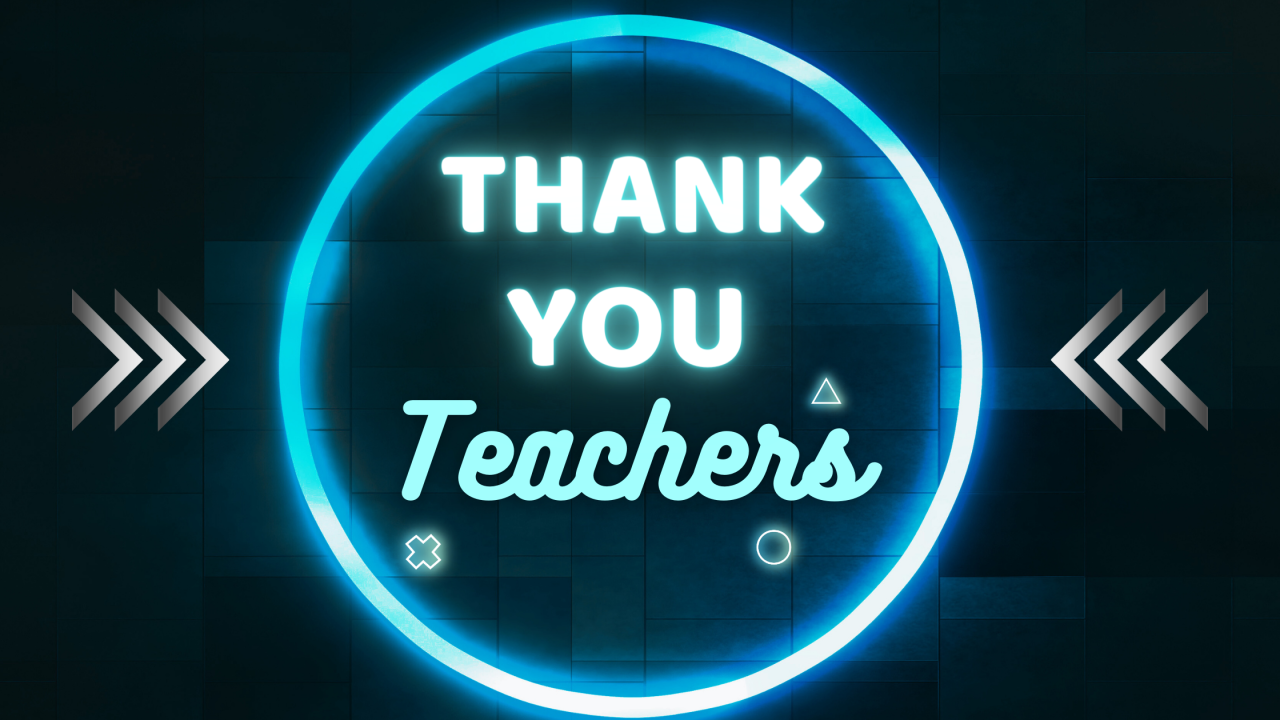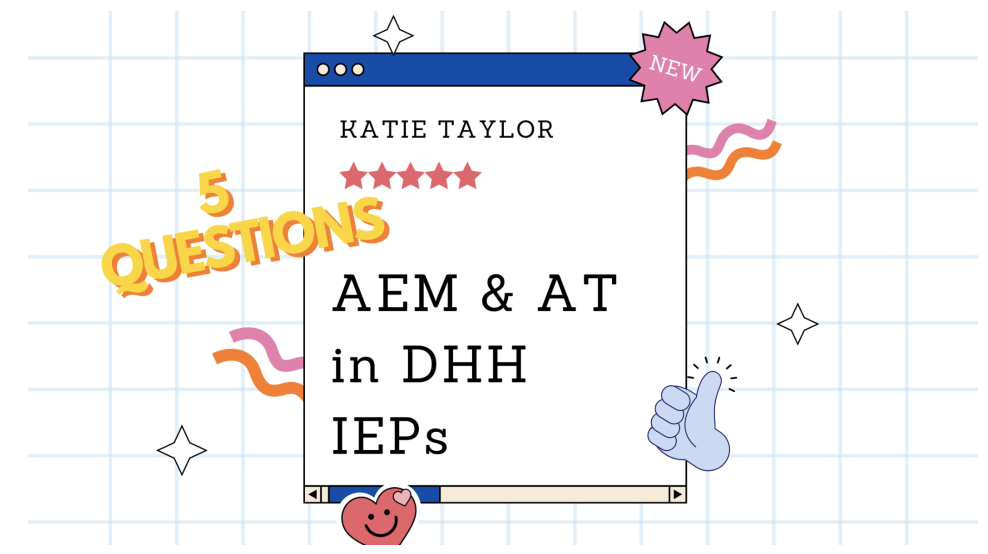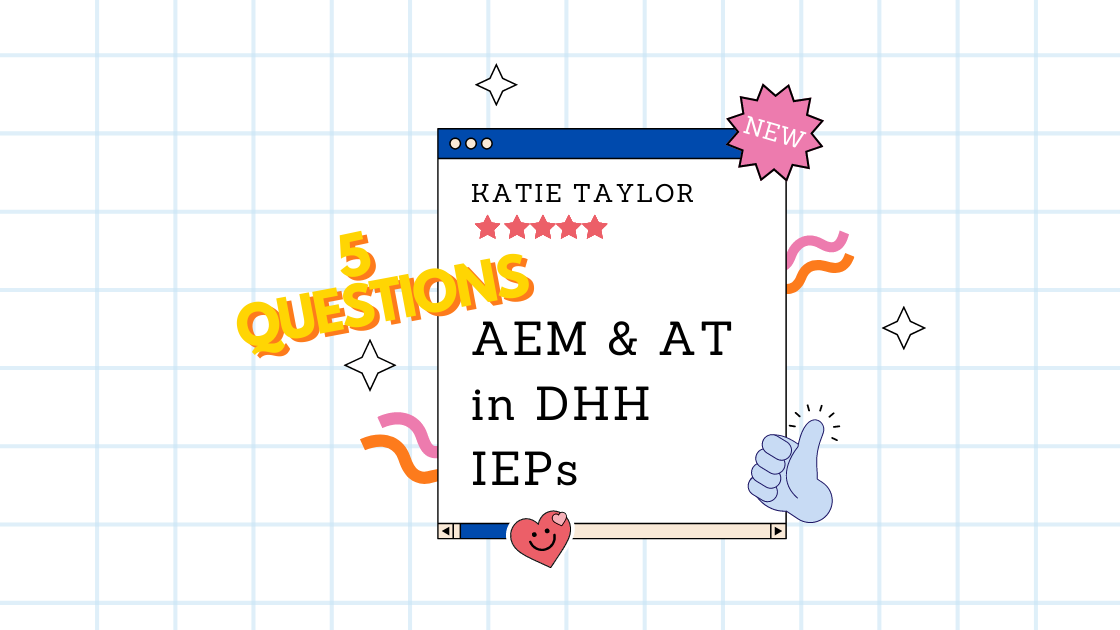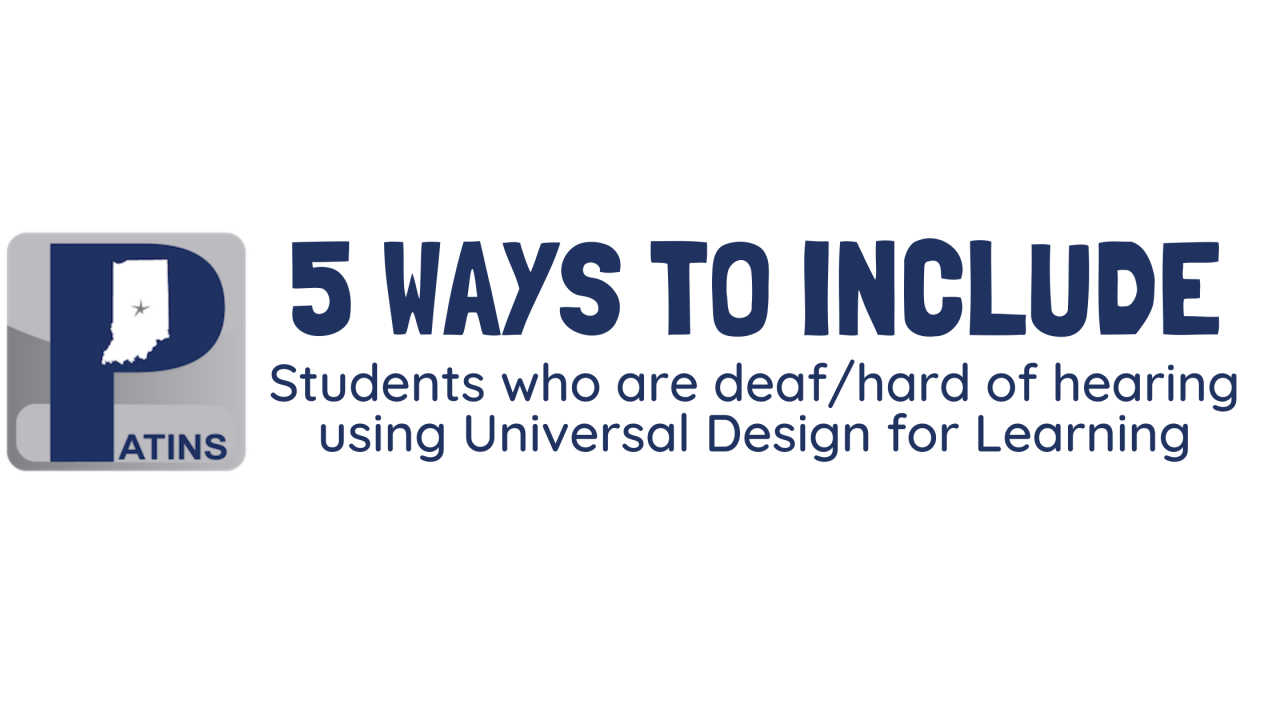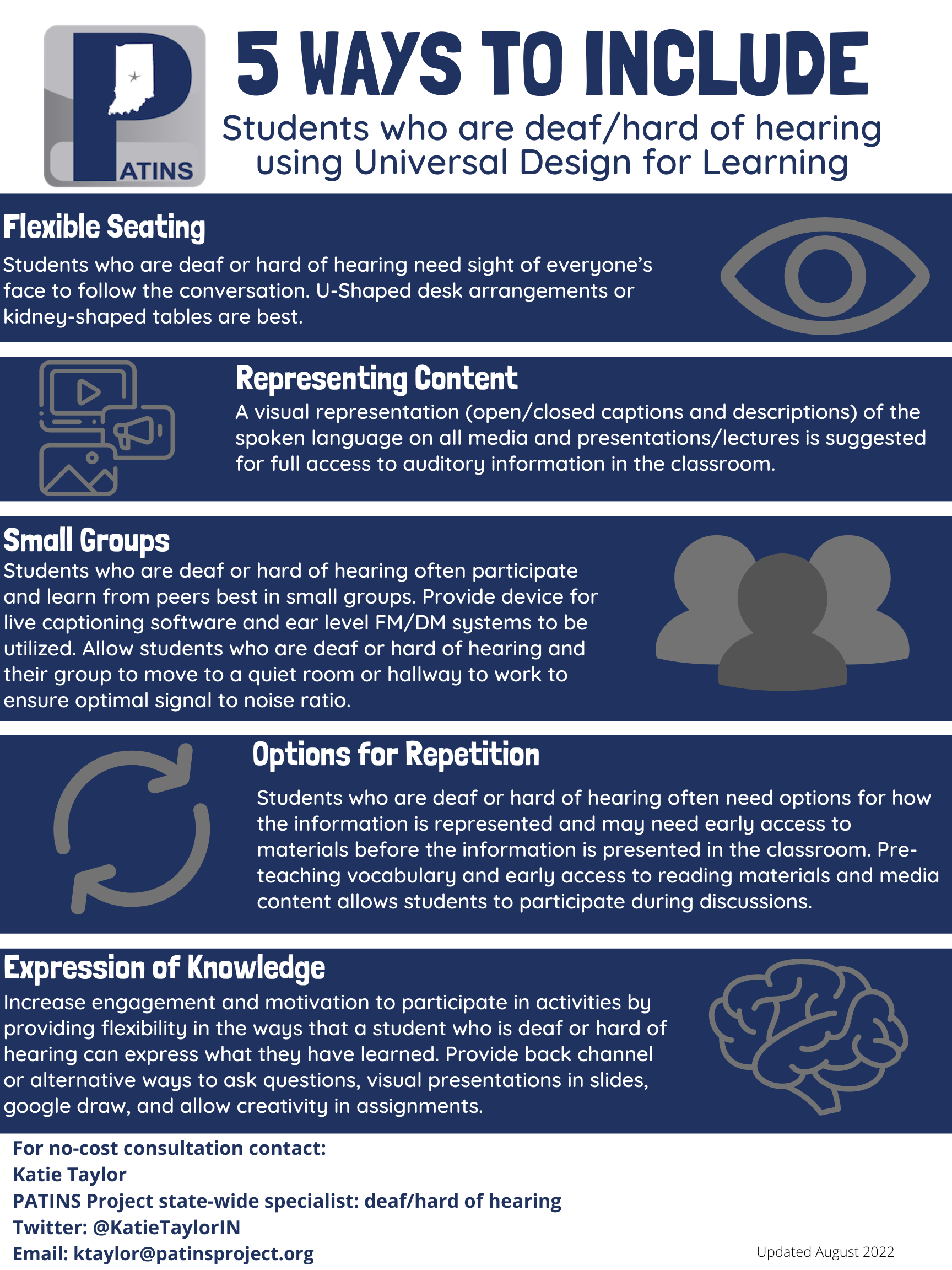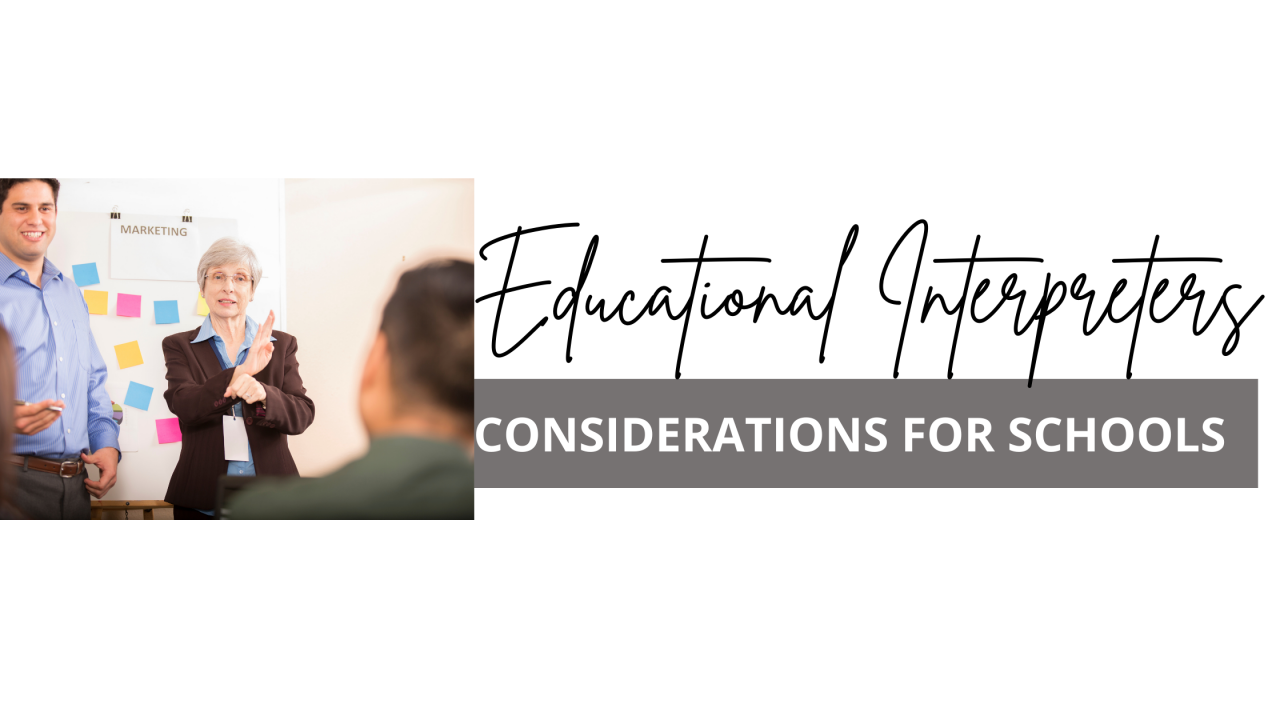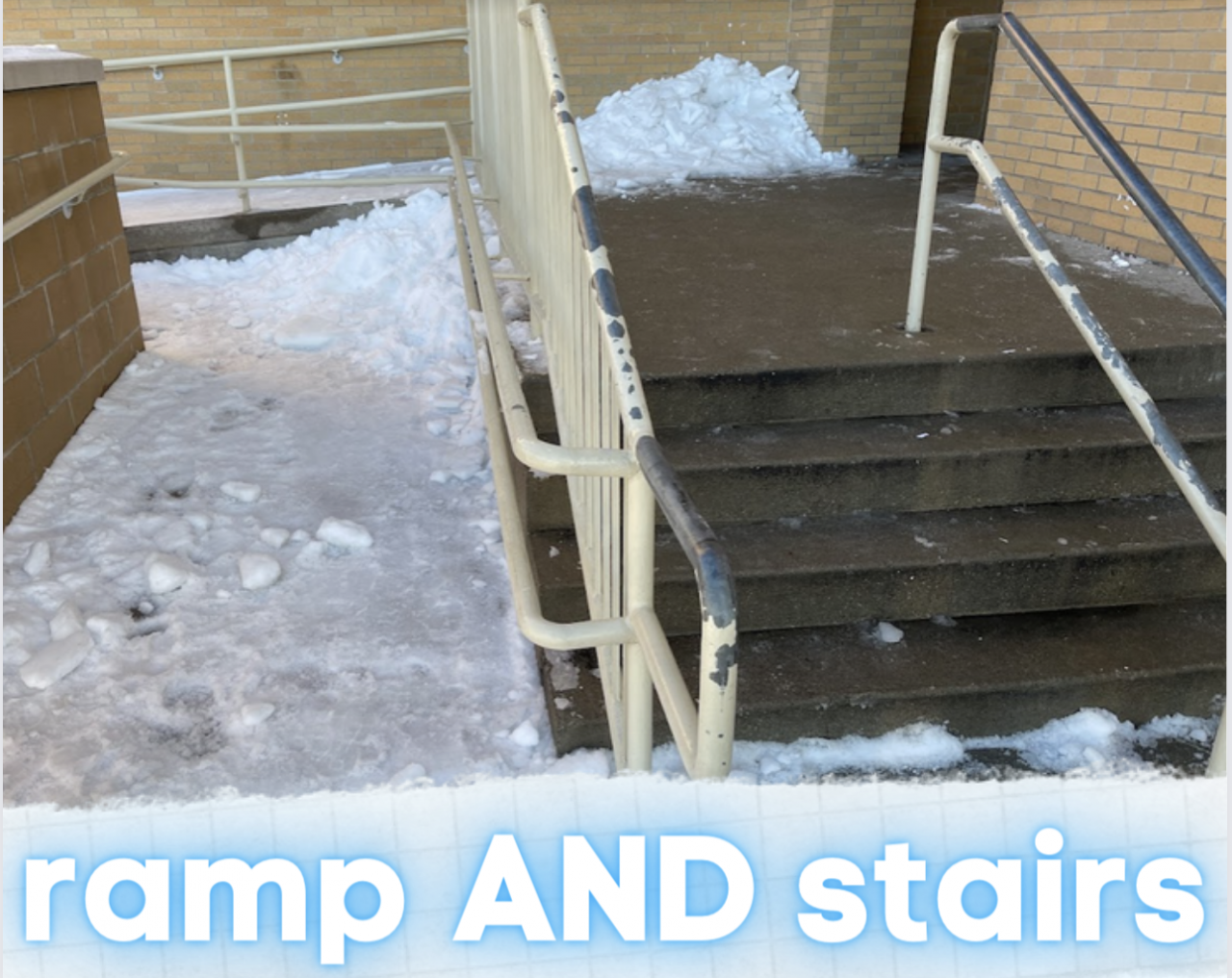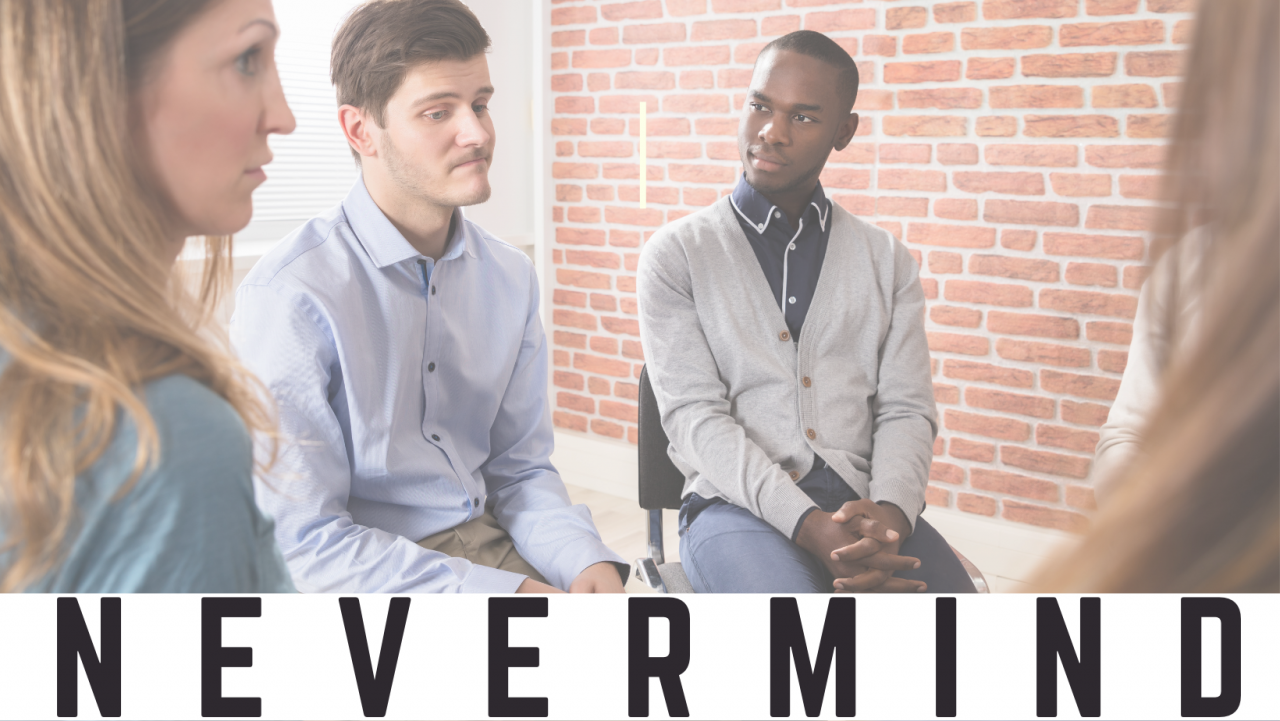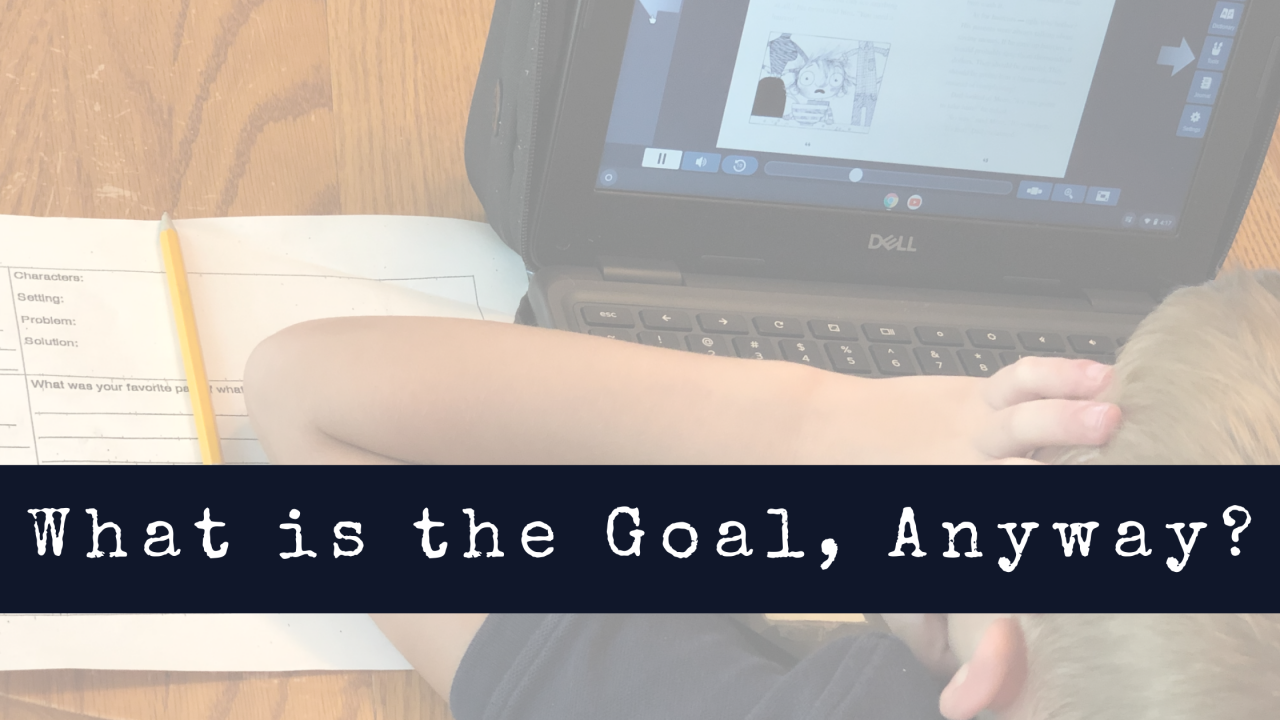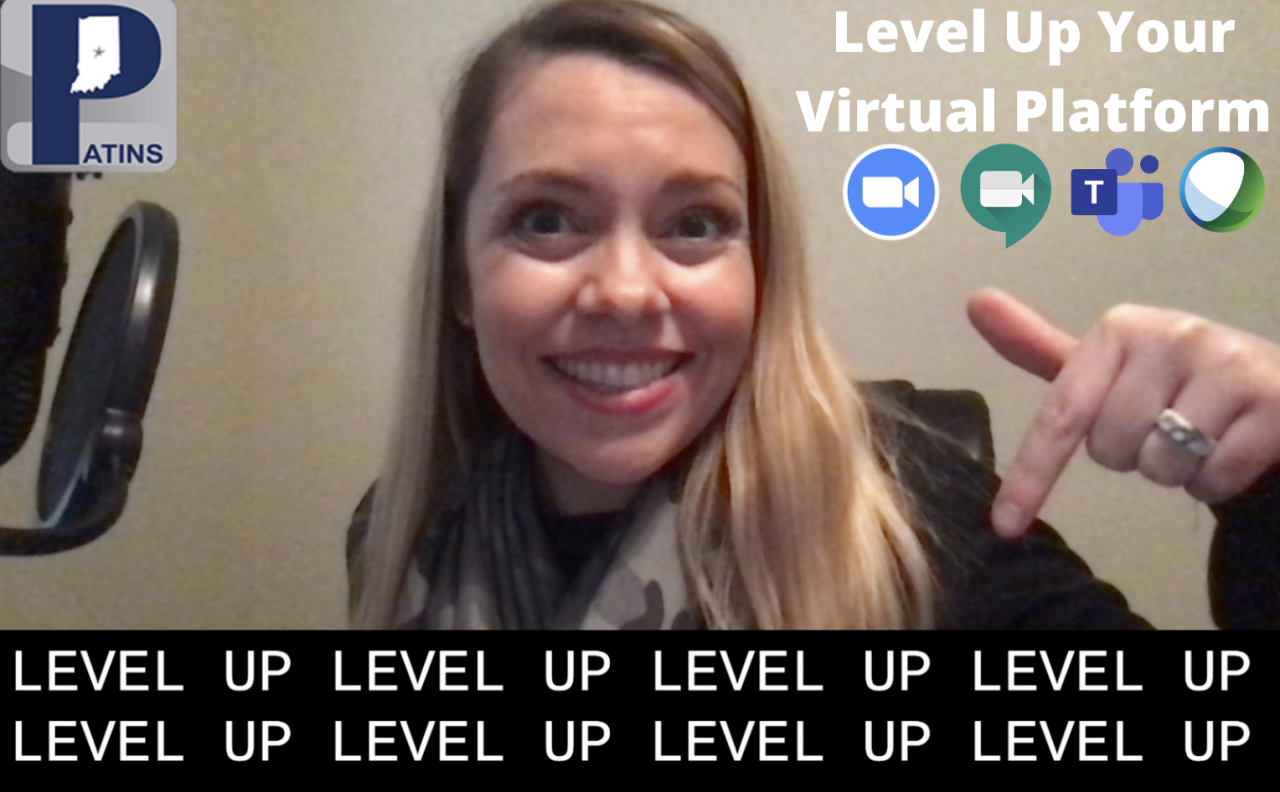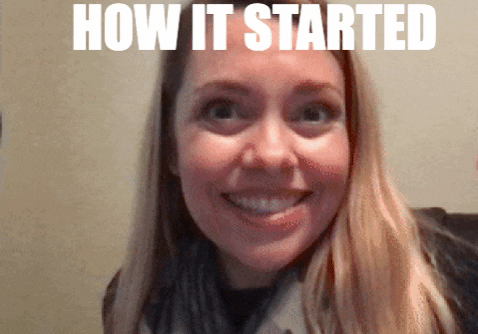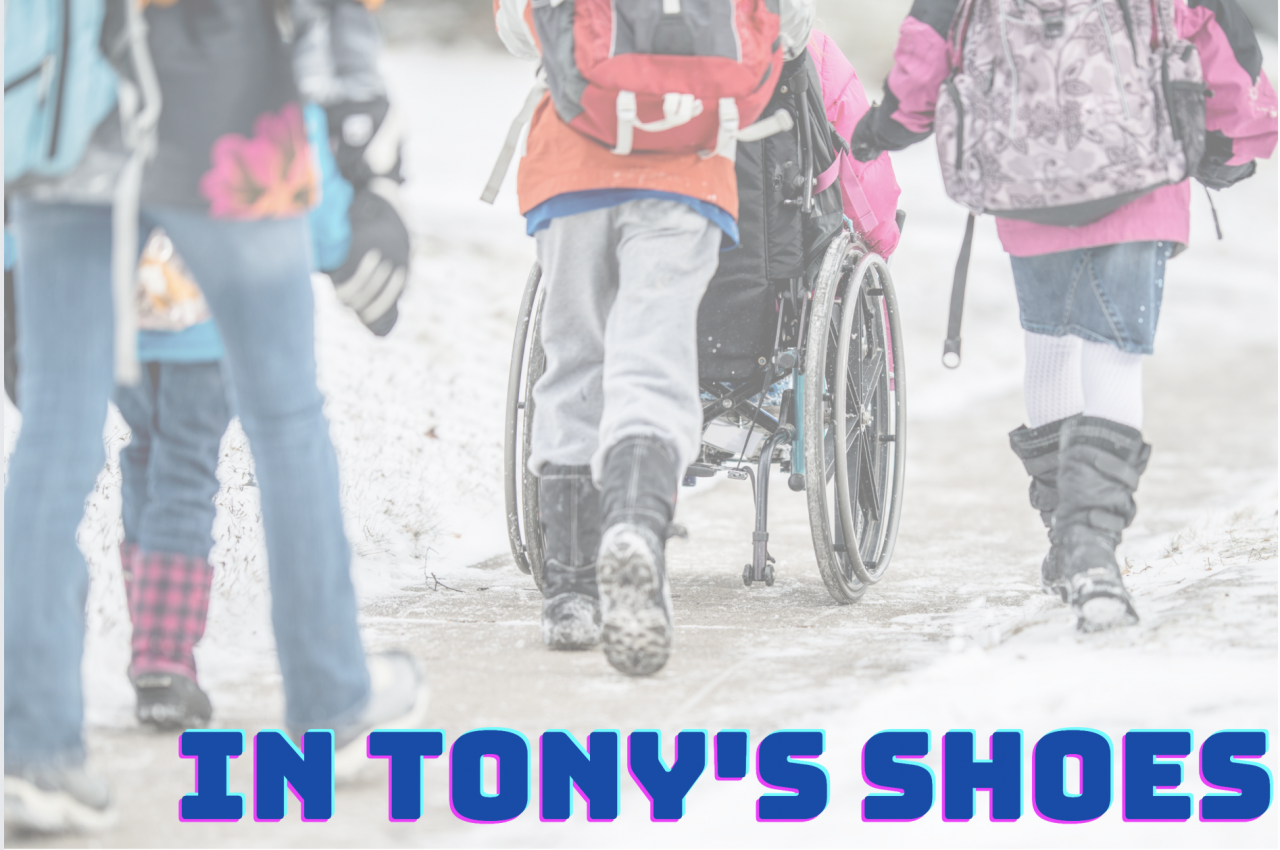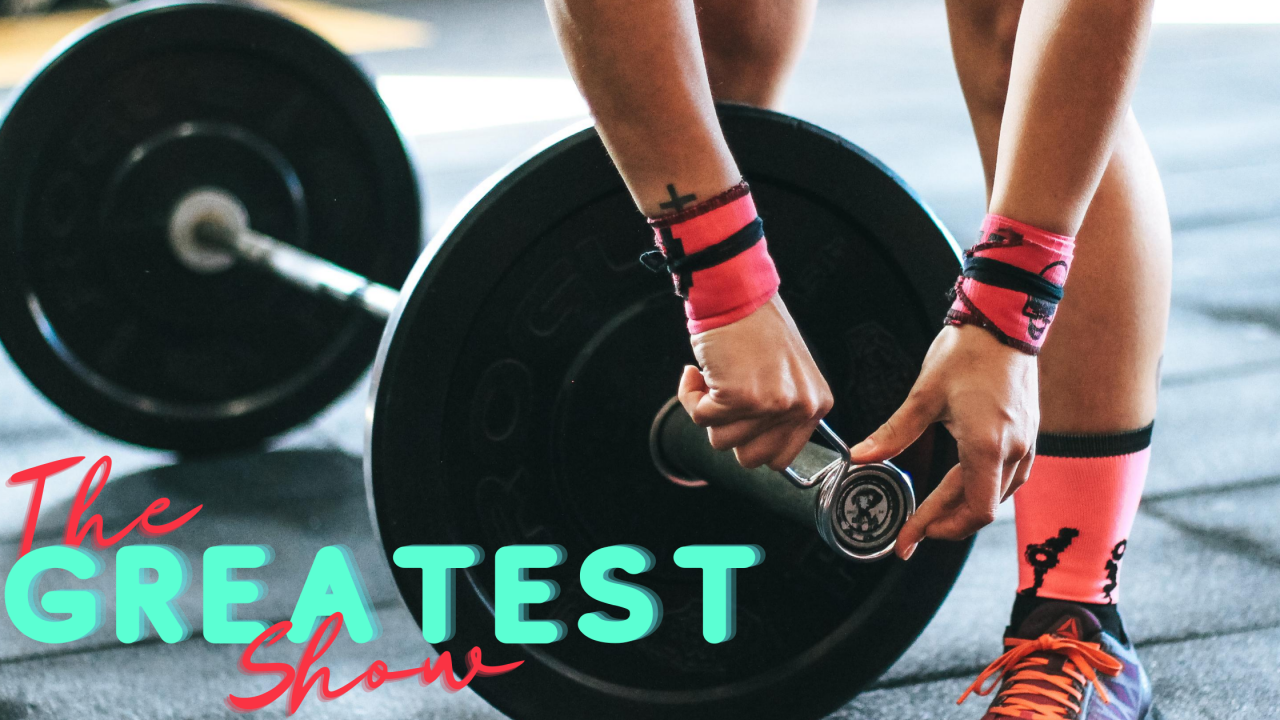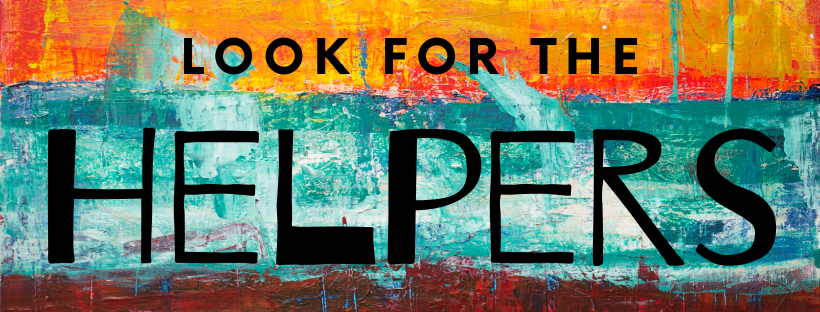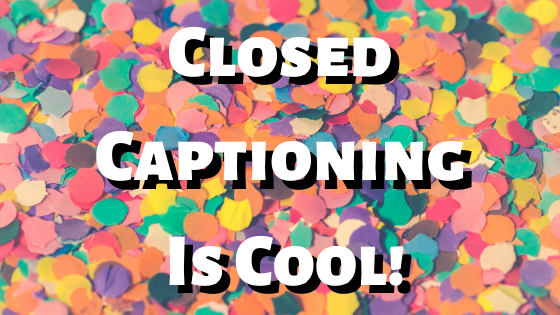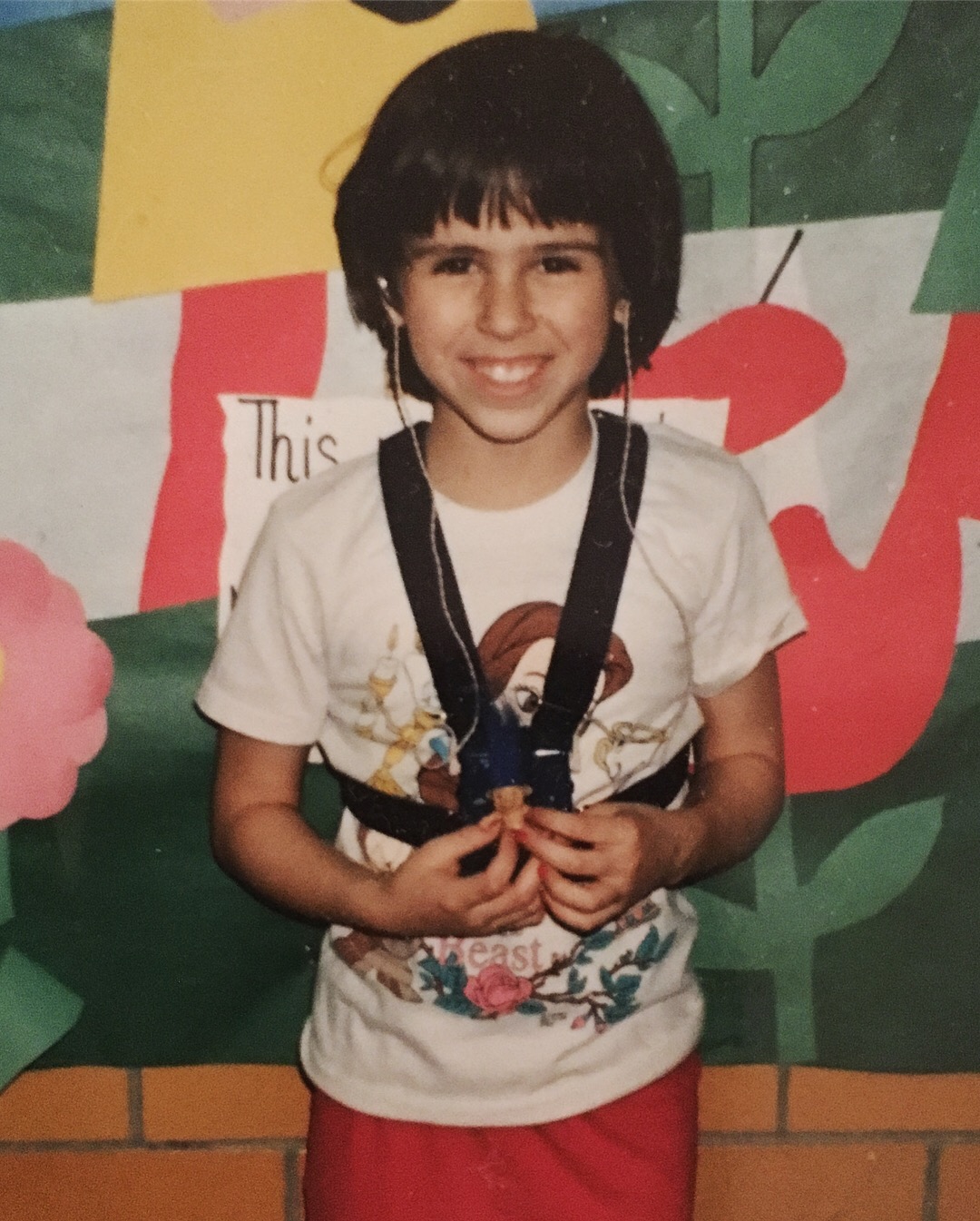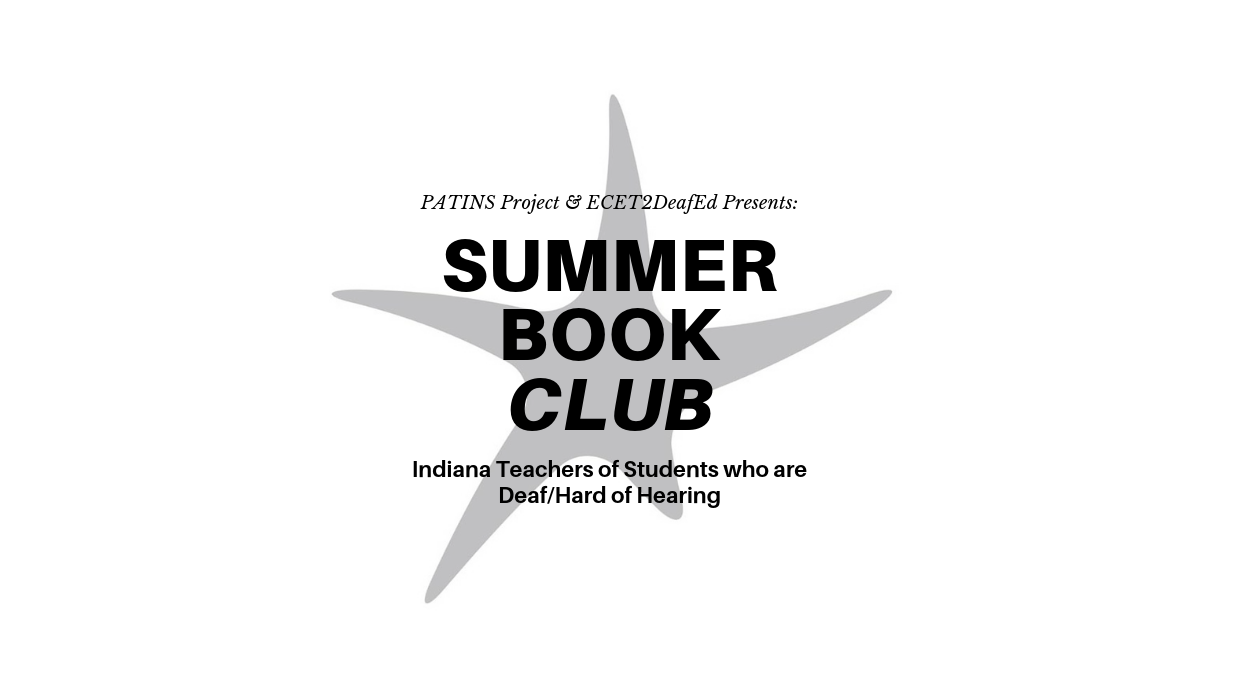This week's blog is brought to us by our guest blogger and Language First founder, Kimberly Sanzo, MS, CCC-SLP, BCS-CL. Kimberly's biography is at the bottom of this blog.
Educational interpreters are an important part of the educational team and their work in providing language accessibility for Deaf and hard of hearing (DHH) students is critical. However, it’s important for school districts contemplating hiring an American Sign Language (ASL)-English interpreter for their DHH student(s) to consider a few vital factors. First, what is the language level of the DHH student? If the student has strong signed language skills, they may benefit from having the academic information interpreted into a visual language. If, however, the student has strong oral language skills and minimal signed language skills, then perhaps there needs to be a discussion as to the ultimate goal of having an educational interpreter in the classroom. If the goal is for the student to learn some ASL, then simply being provided an interpreter will not help them acquire a new language. Educational interpreters do not provide language instruction, and it would not be fair to expect the DHH student to attempt to acquire a new language while simultaneously trying to take in academic information. Additionally, having information interpreted into a language they barely know will likely be unhelpful.
Most crucially, if the student has minimal signed language skills and minimal oral language skills, an interpreter may not be beneficial. In fact, providing an educational interpreter to a DHH child with no complete first language may be more harmful than helpful. As Caselli et al. (2020) assert, there is no evidence that DHH children with language deprivation can overcome their language difficulties from a single language model, even if that model is fluent in the language. School-aged DHH children without fluency in any language will not be able to simply acquire a signed language from an educational interpreter. Rather, they need intensive and purposeful language intervention in their most accessible language as well as plenty of language models and same-language peers with which to interact.
Another important consideration is the skill level of the educational interpreter. In a study by Schick et al. (2005), the authors found that 60% of the interpreters evaluated did not have the skill level necessary to provide DHH students with full access to the curriculum. This may be a result of state-by-state variation in requirements for interpreter skill levels. Many states don’t have standard requirements for educational interpreters, while others have standards that are gravely below the needs of DHH students (National Association of Interpreters in Education, 2021). Thus, it is critical that the school properly vet ASL-English interpreters who may be working with their students by ensuring they have an objective measure of adequate skill level.
This is vital for a few reasons. First, interpreters themselves may not be able to accurately estimate their skills. This is due to a human cognitive fallacy called the Dunning-Kruger Effect, or the tendency for less-skilled individuals to rate themselves as highly skilled, and highly skilled individuals to rate themselves as less skilled. Indeed, Fitzmaurice (2020) found that the least skilled interpreters overestimated their skills, while the most skilled interpreters underestimated their skills. Therefore, a score on a standardized test like the Educational Interpreter Proficiency Assessment (EIPA) can be helpful in offering a more objective evaluation of an interpreter’s skills. Second, less skilled interpreters are less accurately interpreting information for their DHH students (Schick et al., 2005). The lower the percentage of accurately interpreted information, the less access DHH students are getting to academic content. Indeed, Schick et al. (1999) found that “many deaf children receive an interpretation of classroom discourse that many distort and inadequately represent the information being communicated” (p. 144).
Our DHH students need and deserve 100% access to academic information at all times, just like their hearing peers. It is our responsibility to ensure that a.) the student is a good candidate for an educational interpreter (if they are not, other educational placements should be discussed), and b.) that interpreter is highly qualified to provide full language access.
References:
Caselli, N. C., Hall, W. C., & Henner, J. (2020). American Sign Language interpreters in public schools: An illusion of inclusion that perpetuates language deprivation. Maternal and Child Health Journal.
Fitzmaurice, S. (2020). Educational interpreters and the Dunning-Kruger Effect. Journal of Interpretation, 28(2).
National Association of Interpreters in Education (2021). State Requirements for EducationalInterpreters. https://naiedu.org/state-standards/
Schick, B., Williams, K., & Kupermintz, H. (2005). Look who’s being left behind: Educational interpreters and access to education for deaf and hard-of-hearing students. Journal of Deaf Studies and Deaf Education, 11(1), 3-20.
Schick, B., Williams, K., Bolster, L. (1999). Skill levels of educational interpreters working in public schools. Journal of Deaf Studies and Deaf Education, 4(2), 144-155.
Kimberly Sanzo, MS, CCC-SLP, BCS-CL
Kim is a speech-language pathologist (SLP) who is committed to educating parents and professionals on the neurological effects of a late or incomplete first language acquisition for Deaf and hard of hearing children. She received her M.S. in Speech-Language Pathology from Gallaudet University in 2012 and is a board-certified specialist in child language (BCS-CL) through the American Board of Child Language and Language Disorders.
Kim is also the founder of Language First. Language First aims to educate and raise awareness about American Sign Language (ASL)/English bilingualism and the importance of a strong first language foundation for Deaf and hard of hearing (DHH) children. You can find more information on Language First social media platforms such as Facebook and Instagram and website.

